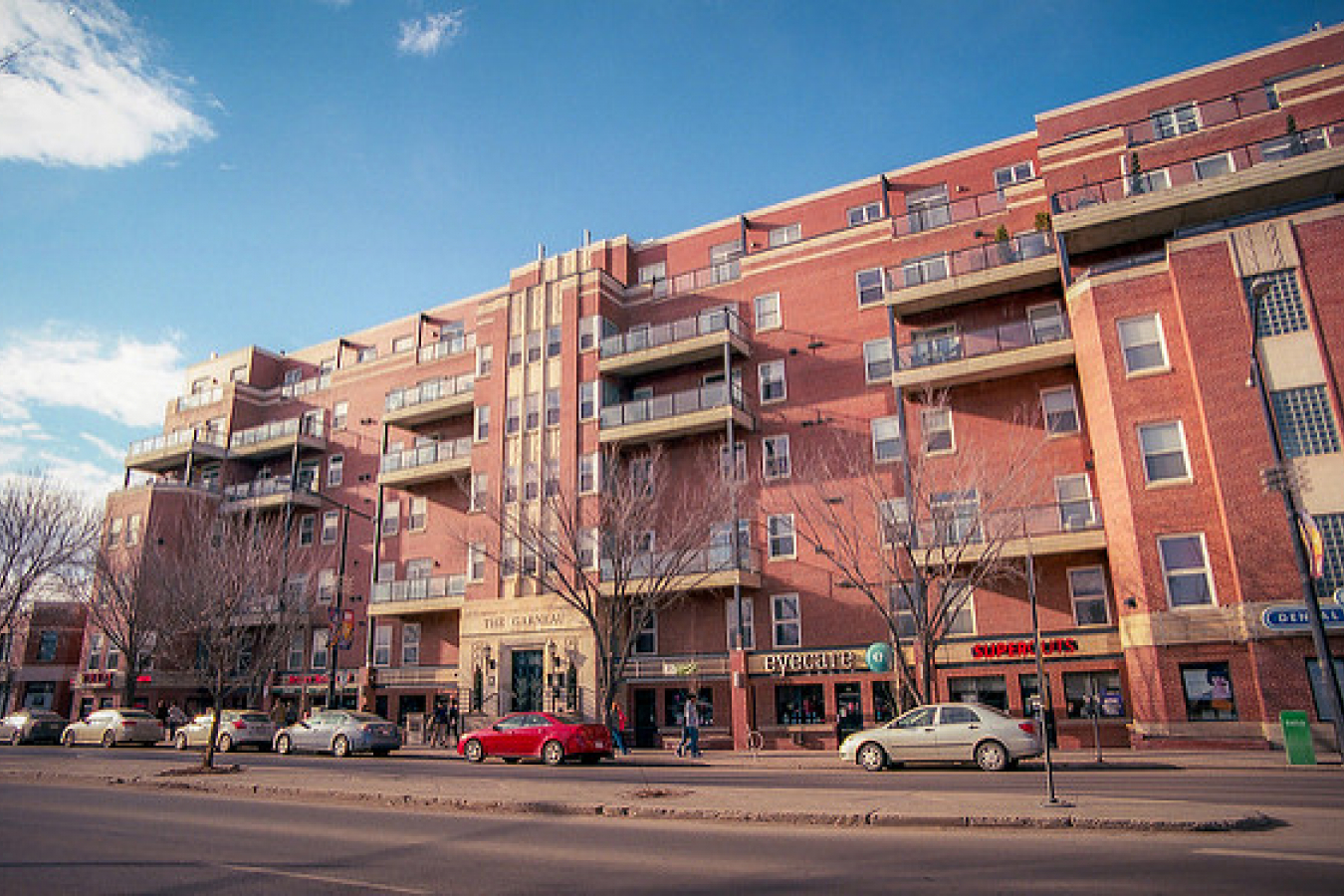 • Watch This Video
• Watch This VideoPopulation census figures this summer combined with immigration and birth rate numbers indicate that Canada can accept a nearly unlimited number of immigrants, given current worldwide migration statistics.
Speaking at a one-day conference last week, historian Ian Dowbiggin, a professor at the University of Prince Edward Island, said the government's top priority should be to introduce financial incentives for people to have children. He cited options ranging from hefty baby bonuses to tax reforms that end the situation where a family with a stay-at-home parent normally pays higher taxes than a double-income family making the same total salary.
The conference was sponsored by the Institute of Marriage and Family in Canada, created early this year as the research arm of Focus on the Family, a lobby group that has, among other things, campaigned against same-sex marriage. His speech was delivered on the heels of fresh warnings from Statistics Canada that the number of deaths in Canada will exceed the number of births by around 2030.
Canada's "birth dearth" (as he called it) promises to pose as many pressing challenges to policy-makers as global warming, and there is no time to waste in taking action to encourage people to have more children. He warned that any foot dragging would take an economic and social toll on the country.
Canadians are only slowly waking up to the policy implications of a birth rate of only 1.5 children for each woman on everything from health care and education to immigration and taxation. Like the debate about how to deal with climate change, however, it is picking up steam, he said.
He argued that immigration alone is unlikely to solve the looming problem of an aging population, especially given the security concerns and anti-immigrant sentiments that have emerged in the post-Sept. 11, 2001, environment.
If current trends continue, there will be more people in Canada in 2017 over the age of 65 than under the age of 15.
"Many experts predict that aging national populations will boost support for the rationing of health care resources and the legalization of euthanasia, either in the form of physician-assisted suicide or voluntary lethal injection," said Mr. Dowbiggin, who is writing Where Have All the Babies Gone, a book exploring the causes and impact of declining birth rates in the world.
Earlier, this week a Statistics Canada report said the rate of natural population increase -- excess of births over deaths -- has stabilized in recent years following a long-term decline, and was at 3.3 per 1,000 over the past year, the decline is projected to resume.
Meanwhile, so far this decade, net immigration has accounted for 60% of the population growth, up from 46.2% a decade earlier, the report said.
Between April 2005 and April 2006, Canada went from a population of 32.2 million to a population of 32.5 million. An extremely aggressive recruitment effort by the government for skilled foreign workers is credited for a large segment of that increase, as well as a very stable and solid economy.
There is still plenty of room in Canada. As the second largest country in the world, just larger than the United States and about half the size of Russia, it has only about one tenth the population of the U.S., which will see its 300 millionth resident by the end of this month.
Related:
• Canada gladly accepts highly qualified refugees from Lebanon
• Canada Simplified Application Process takes effect next week
• New work permits for foreign students
• Proposed Changes to the Canadian Citizenship Act to Expedite Adoption and Citizenship
• New Canadian government to help new immigrants
• Canada announces $700 mn investment in immigration




